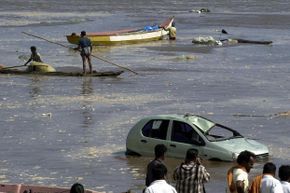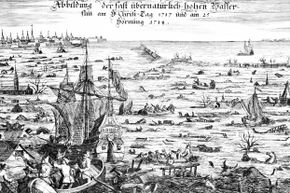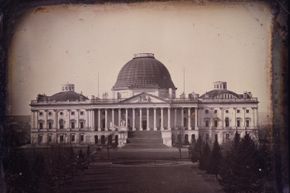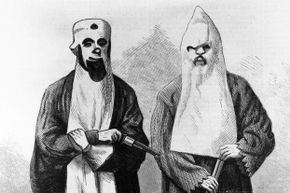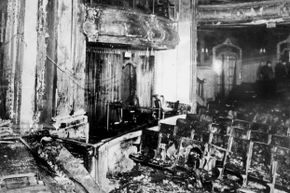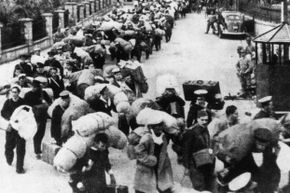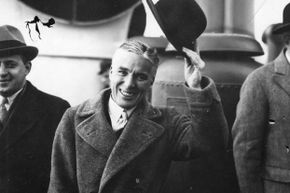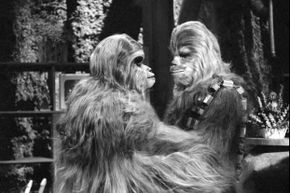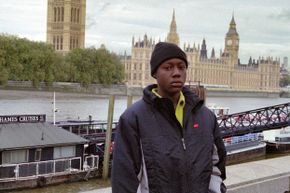Christmas is the time of year when Christians celebrate the foundational event of their faith: The birth of Jesus. It's also a season when family and friends of all beliefs get together and enjoy good food, drink and conversation. Greetings of "merry Christmas" and "happy holidays" fill the snowy streets. Television commercials and store windows glow with words like "peace," "joy" and "cheer." It is, to quote one of the holiday's many jolly tunes, "the most wonderful time of the year."
With such high expectations, however, come some pretty big letdowns. Bad weather strands travelers in the airport. Some "lucky" employees are forced to work while everyone else enjoys the day off. Family gatherings get awkward when the topic of conversation turns to politics. And there's always that one uncle who drinks a little too much and starts airing relatives' dirty laundry.
Advertisement
If these and other looming headaches are getting you down, would it help you to know that it could be worse? Yep, some pretty terrible things have happened during the Christmas season. So when Scrooge and the Grinch try to tag team your Santa-day spirit, be sure to remember our list of the 10 worst things ever to happen at Christmas.
